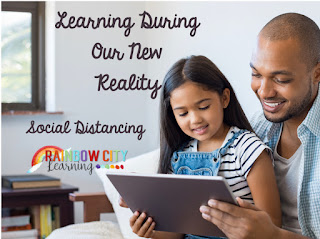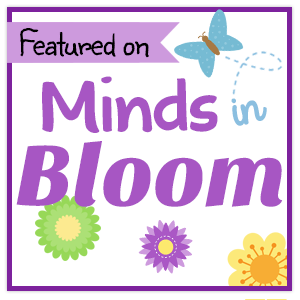"Li li li li, li li li li....." filled the air all around us at our pre prayer service sing along. Our new "artist in residence" was trying to teach us the refrain to his newest songs to be included in the service ahead. "That's not what we're singing now," my husband pointed out as I studied the orange paper in my lap. The beautifully poetic verses were on the page, but the refrain was not. I was engrossed in the poetry of the verses and how they gave new life to the meaning of the ancient service that we were about to observe. The line "eternity shuddered and a moment was born" has definitely stayed with me. There were many more. Just reading the poetry of the lyrics with my family next to me made for a beautiful evening.
I've long been interested in song lyrics. Having less than zero confidence as a singer, I have always been more tuned in to lyrics than tune, memorizing thousands of songs for life that I can never really sing in any recognizable way. As I lip-sync my way through a sing-along, I am hyper aware of the words that my lips are forming in a rhythmic way. Every song is a poem. When your students discover that, even the most reluctant student of poetry will tune in to your lesson. Try starting with a popular song or two, and you are off on an amazing journey through the magic found in many forms of poetry.
Start With a Song
If you start with a song, try close reading the lyrics. Use your own plan or try this one:
Next step: Try adding a verse or two to the song, based on your own life experiences.
I like to challenge students to list some nouns, verbs, and adjectives to describe concepts in their own lives that could be used in poetry (or songs) about them.
Use a Template
The easiest templates to start with come from poetry found in many popular picture books and anthologies. "If I Were in Charge of the World" by Judith Viorst is a well used favorite, and the responses we get from our students range from cute and sweet to amazing! The Important Book is another one.
The easiest poetic form templates to use are the simple acrostic (kids love this one!), haiku, cinquain, and diamante. My personal favorite is free verse, and there are ways to use this as a template also, beginning with a sample. You can find some easy ways to use these forms here: (also available for Google Drive)
Try a Read Aloud
A book written in poetic form can be great inspiration for writing a journal entry or a narrative essay. Some favorites of mine:
Inside Out & Back Again by Thanha Lai
Marie's Big Adieu by Tamara Rittershaus
Every Little Thing by Cedelia Marley (You've heard about his one from me before! Love!)
The "Poetry for Young People" Series is a worthwhile investment (either through purchase or a trip to the library!). Fourteen volumes, each containing poetry of a famous author from Walt Whitman to Maya Angelou, Shakespeare, and Edgar Allen Poe.
A Beautiful Day in the Neighborhood: The Poetry of Mister Rogers (Need I say more? All the hearts!!)
Of course, always fun for a read-aloud or a a pattern to follow: Jack Prelutsky and Shel Silverstein.
A Cross Curricular Challenge
How about writing a song or poem about a historical or current event? That's poetry!
What about a song or poem about a difficult math problem? This could be hilarious!
A book that I found just today has sent my brain spinning all around the connections with art. It's called Vessels: A Conversation in Porcelain and Poetry by Jennifer McCurdy and Wendy Mulhern. The authors are sisters; one is a ceramic artist and one is a poet. I love the way they compare vessels of pottery as a way to hold liquids, grains, and other things that need to stay pure. Poets also create vessels to hold words, ideas, and life experiences. The photographs are gorgeous, and the poetry to accompany each one is nothing short of magnificent. This is definitely a book for more mature students, and maybe a gift for yourself or a friend. The basic idea though, writing a poem about a piece of art that a student has created, is inspiring me! Perhaps a collaboration with your art teacher on a special portfolio section?
Many of us already have kids illustrating their poetry, but creating the art first and then writing the poetry can take it to a new level!
On our podcast about Poetry books, I mentioned a way that I loved to display some of my students' poems. We used this technique mostly for including our "Where I'm From" poems in our showcase portfolios. I would insert a photo of the student as a "watermark" image and then place a text box on top with the poem. Here's a sample:
For more books and ideas on bringing poetry into your classroom, check these blog posts:
For even more ideas on bringing poetry into your classroom through great books, check out our podcast on We Teach So Hard and the blog posts below:





























